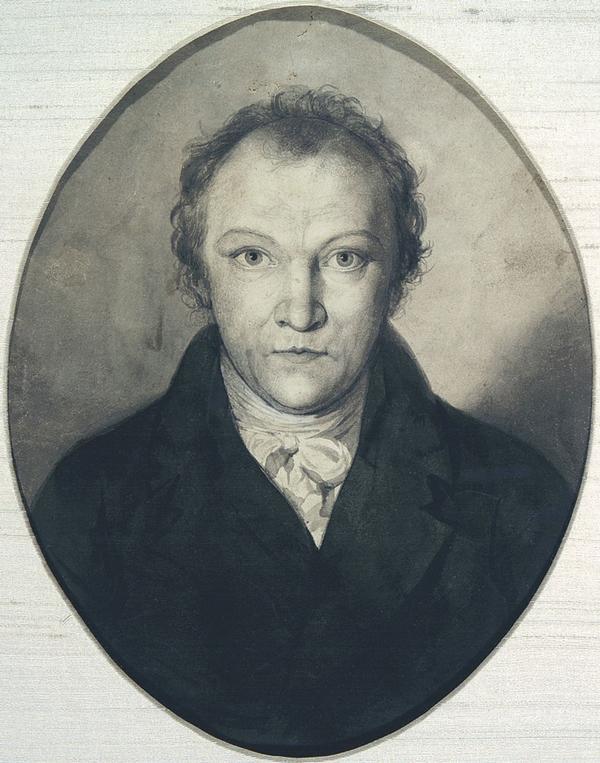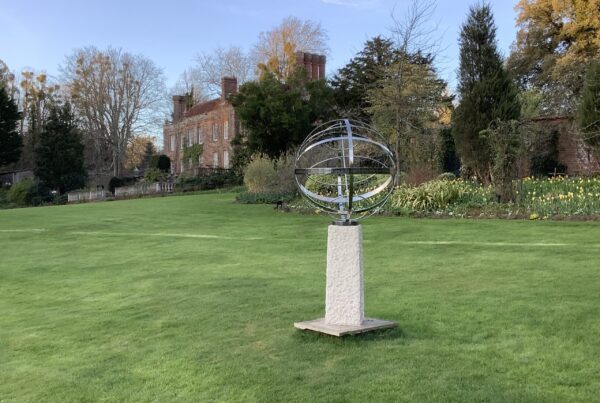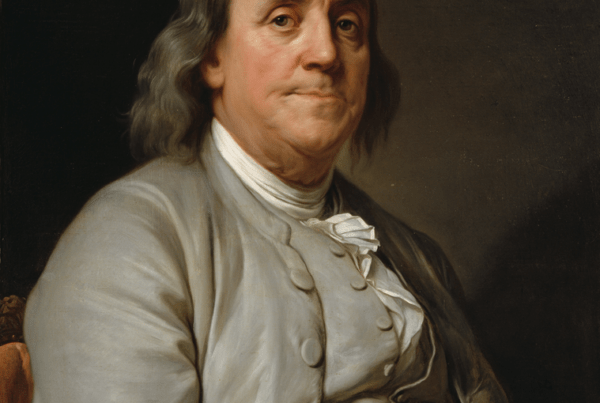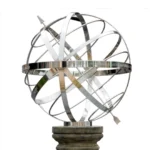
To see a World in a Grain of Sand,
And a Heaven in a Wild Flower,
Hold Infinity in the palm of your hand,
And Eternity in an hour
William Blake 1757-1827
These evocative and inspirational words are perfect to engraved on the hour band of an armillary. They are the opening lines to “Auguries of Innocence” written by Blake in 1803 but published years after his death in 1863. The poem is 132 lines long and written without stanzas as one continuous piece. It contains a series of paradoxes, which speak of innocence juxtaposed with evil and corruption.
The poem has appealed to a plethora of artists; Benjamin Britten set lines to music, in 1967 the Doors song ‘End of the Night’ included three lines of the poem, the Agatha Christie novel Endless Night’s was inspired by the poem, six lines from the poem were recited in the film ‘Dead Man’ directed by Jim Jarmusch and in the film, Lara Croft- Tomb Raider the first verse is read aloud by Lara.
William Blake was born to middle class parents and lived for all but a few months of his life in London. It was a time of radical thought, war and global unrest. The British Empire was expanding. New ideas about social justice were developing alongside rapid industrialisation. Blake was a life long supporter of social justice and abhorred slavery in all its forms. He did not go to school and was encouraged by his parents ‘to be free, a child of nature’ His early years were spent reading and drawing, he went on to become an apprentice engraver and spent seven years honing his skills. Blake became a very cultured young man and boasted of reading extensively in Latin, Greek, Italian and French. He studied at the Royal Academy however he came to reject the rigid ideas associated with academic teaching. Instead he sought to create a more personal vision and began to identify with the ‘Gothic’ artists of the medieval past.
At times Blake has been considered a mad man at others a luminary. He had ‘visionary imaginations through out his life and as a child, claimed to have seen God at his window, and ‘angels bespangling the treetops of Peckham Rye.’ He suffered harsh criticism throughout his life and sold very little, surviving mainly on the generosity of a few loyal patrons and the love of a good woman.
Catherine Boucher became Blake’s wife in 1782 and the couple remained devoted to each other throughout their lives. Although they had no children both write of the great joy and comfort that their marriage brought. The accounts of their deaths are not only moving but a testament to this devotion. On the day of his death Blake worked relentlessly, eventually, it is reported, he stopped working and turned to Catherine, who was in tears by his bedside. Beholding her, Blake is said to have cried, “Stay Kate! Keep just as you are – I will draw your portrait – for you have ever been an angel to me.” Having completed this portrait, Blake laid down his tools and began to sing hymns and verses. At six that evening, after promising his wife that he would be with her always, Blake died, a female lodger in the house, was moved to have said, “I have been at the death, not of a man, but of a blessed angel.” On the day of her death, Catherine is reported to have been as calm and cheerful as her husband, and called out to him “as if he were only in the next room, to say she was coming to him, and it would not be long now”
Blake’s work was neglected for a generation after his death and almost forgotten by the time Alexander Gilchrist began work on his biography in the 1860s. The publication of the Life of William Blake rapidly transformed Blake’s reputation, in particular as he was taken up by Pre-Raphaelites and associated figures, in particular Dante Gabriel Rossetti. In the 20th century, however, Blake’s work was fully appreciated and his influence increased.
The Tate Britain has very recently hosted a sell out exhibition with a full retrospective of his life works.
To see a World in a Grain of Sand
And a Heaven in a Wild Flower
Hold Infinity in the palm of your hand
And Eternity in an hour
William Blake 1757-1827
Sources
http://www.bbc.co.uk/poetryseason/poets/william_blake.shtml
https://en.wikipedia.org/wiki/Auguries_of_Innocence
https://www.tate.org.uk/whats-on/tate-britain/exhibition/william-blake/exhibition-guide
https://www.youtube.com/watch?v=v3hQXQ5_zCM
Image Sources
William Blake self- portrait 1802 monochrome wash – https://commons.wikimedia.org/w/index.php?search=william+blake+self+portrait&title=Special%3ASearch&go=Go&ns0=1&ns6=1&ns12=1&ns14=1&ns100=1&ns106=1#/media/File:William_Blake,_Self_Portrait,_1802,_Monochrome_Wash.jpg
Plate 8 from the Augeries of Innocence – taken from pinterest
https://www.pinterest.co.uk/pin/187814246934732946/?autologin=true&lp=true
William Blake – The Ancient of Days https://upload.wikimedia.org/wikipedia/commons/6/63/Europe_a_Prophecy_copy_B_object_1_Bentley_1%2C_Erdman_i_Keynes_i_Europe_a_Prophecy.jpg





